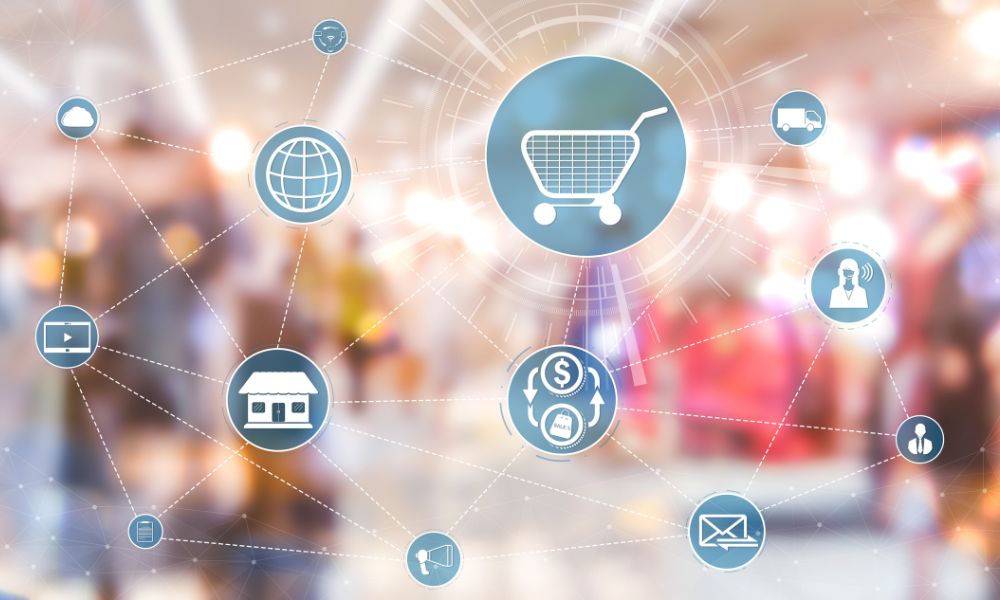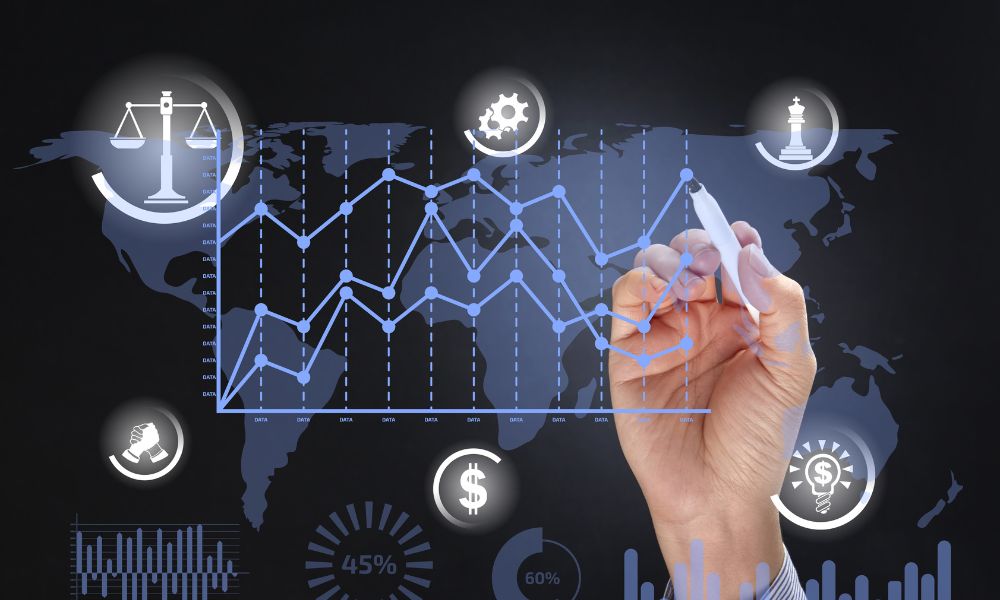Blog > Manage
In today’s increasingly digital world, it’s essential for businesses to have a comprehensive understanding of their data. Failure to do so can result in lost opportunities, dissatisfied customers, and wasted resources, which will all severely impact the bottom line.
This is where data management comes into the picture – with the right solution in place, you can turn raw data into the fuel that’s needed to drive actionable insights company-wide.
Data governance is just one essential part of developing a robust data management system, but, it can be difficult to measure its effectiveness. One way that businesses can address all of these challenges is by implementing a continuous monitoring program. This involves continuously collecting, analyzing, and reporting on data in order to identify any potential issues or abnormalities. By doing so, businesses can proactively address data quality, data process, and data governance issues, and minimize overall operational risk.
Continuous monitoring can be a valuable tool for businesses of all sizes and in every sector. It is a key component for building trust in your organization’s ability to manage its data assets effectively.
In this article, we will take a look at the importance of continuous monitoring and how it can help your business address data challenges.
Data governance
Before we dive into continuous monitoring, first, let’s clarify data governance…
Data governance is the process of managing and controlling the collection, storage, use, and dissemination of data within an organization. It typically involves the implementation of policies, procedures, and processes to ensure the accuracy, integrity, and security of data, as well as to ensure compliance with relevant regulations and standards. Data governance is an essential part of ensuring the effective and efficient management of data within an organization and can help to ensure that data is used in a responsible and ethical manner.
What is continuous monitoring?
Continuous monitoring is the process of implementing controls for documenting and monitoring risks, data, and quality. It’s an ongoing process that involves the collection and analysis of data in order to identify potential issues or risks. In turn, this helps ensure the integrity and security of information and identify potential areas for improvement or optimization.
It’s also often used to track the performance of a system or network. By regularly collecting data on the performance of a system, businesses can identify any potential issues or bottlenecks that may be affecting overall efficiency, ensuring that the system is operating at its optimal level.
One way that businesses can use continuous monitoring to support data governance is by tracking the compliance of their systems with relevant regulations and standards. Gathering data on the compliance of their systems means businesses can easily highlight any potential areas where the systems may be non-compliant. Action can then be taken to address these issues, which helps to avoid potential penalties or other consequences.
Another way that businesses can use continuous monitoring to support data governance is by tracking the security of their systems. Again, businesses can identify any potential vulnerabilities or risks that may be present and can take action to address these issues. Systems remain secure and protected from external threats helping to prevent potential data breaches or other security incidents.
Continuous monitoring is an essential part of data management and by extension, data governance. This helps to ensure the integrity and security of information and identify potential areas for improvement and optimization. Organizations can gain valuable insights into the performance and security of their systems and can take action to address any potential issues or risks.
If this isn’t the case for your business, don’t worry, there is a way to improve the quality of your data by implementing a robust data quality management strategy. This means managing both internal and external sources of information so it's always accurate, complete, and current.
Continuous monitoring and data governance
It’s vital that businesses don’t treat continuous monitoring as a one-off tool, project, phase, or task – it’s not a deliverable. Continuous monitoring is what it says on the tin – an exercise or practice that needs to be run on a continual basis. Likewise, it is not part of the DGL (Data Governance Lifecycle) as it does not only apply to specific stages within that lifecycle, rather it occurs throughout all phases of the DGL cycle.
Every organization needs to have a plan in place for data governance, and there are a number of ways to use continuous monitoring to further your data governance goals:
Typical use cases for continuous monitoring
Continuous monitoring is a key practice that can be used to track the progress of various projects, data quality initiatives, data governance programs, and data security programs.
Some typical use cases for continuous monitoring include:
Benefits of continuous monitoring
Businesses have to make sure that data is secure. This means knowing what's being done with it and whether it's being used well. Continuous monitoring helps you understand all of these things, as well as the risks that your data may pose to your business.
Continuous monitoring can help you:
Common mistakes when adopting continuous monitoring
While there are many benefits and use cases associated with adopting continuous monitoring measures, there are also some common pitfalls that businesses fall foul of, such as:
Conclusion
Continuous monitoring can be an important part of data governance programs. By documenting and monitoring risks, data, and quality in an ongoing manner, it can be a powerful tool for data governance programs if used properly. It can also help promote collaboration with departments within your business that aren’t normally involved in decision-making or risk management.
Data governance is all about ensuring that your data is high quality, accurate and consistent. It’s also about protecting your sensitive information from security threats like fraud, corruption, or accidental disclosure. Continuous monitoring is one way to build trust in data governance programs by providing better visibility into how well the program is working overall.
Using these tools can help you identify areas where improvements need to be made within your organization so that everyone has confidence when making decisions that rely on data-driven results.
If you’re looking to implement a continuous monitoring program, discover how the exMon platform can help by contacting us or one of our partners today.
Share this post
Subscribe to our newsletter
Get the newest blog articles, when we release new case studies and get invited to events
By clicking “Subscribe” you’re confirming that you agree with our Privacy Policy.
Related posts
Read more about this topic with these related posts

The Benefits of Choosing Exmon for Your Retail Data Management Needs
In the bustling world of retail, data isn’t just a commodity; it’s the currency of success. Every transaction, every…

The Hidden Importance of Data Management in Business Cases
In today’s dynamic business landscape, you may have realized that data plays a crucial role in your organization’s success.…

Streamlining Your Business with a B2B and B2C Data Management Platform: Why You Need It Now
In the modern retail business world, the concept of Data Management Platforms (DMPs) has emerged as a linchpin for…